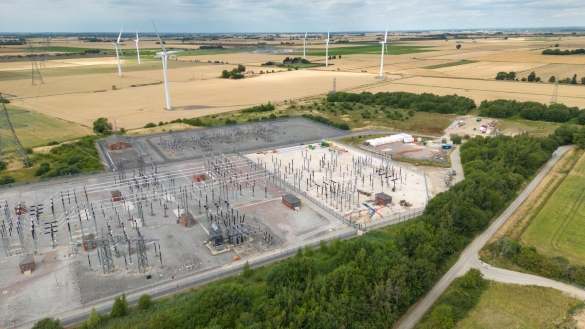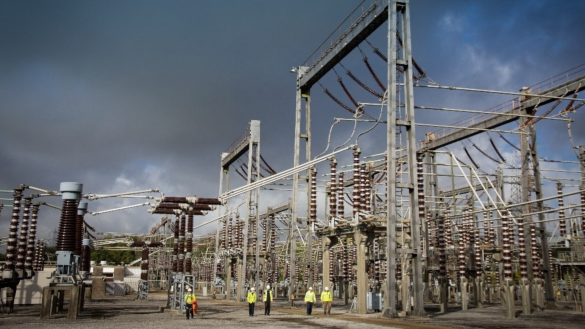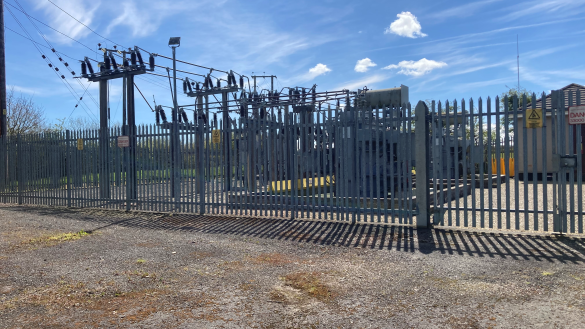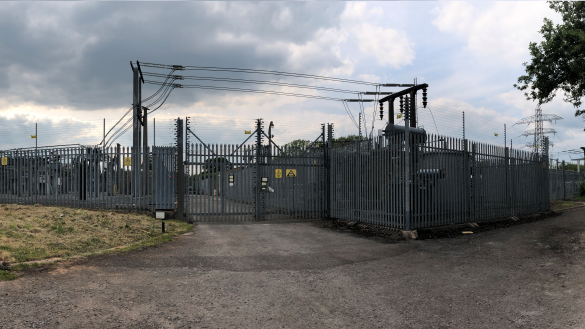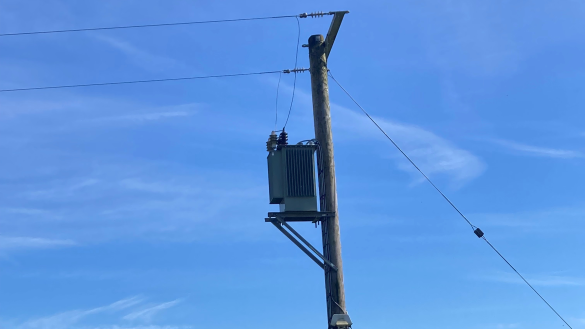Living or buying near substations
Is living next to a substation safe?
Electricity substations are an important part of our power infrastructure, but there are concerns around whether it is safe to live close to one. This is mainly due to the fact that they emit electric and magnetic fields (EMFs).
What is a substation?
The most common substations close to homes are local distribution substations, which transform higher voltage electricity to normal mains voltage. There are many hundreds of thousands of similar substations throughout the UK, each typically supplying up to a few hundred houses.
These substations are an integral part of the electricity distribution system and are located near to homes as they supply our electricity – usually via underground cables.
What EMFs do substations produce?
Due to the design of the equipment that substations contain, they do not produce a significant external electric field. However, they do generate a magnetic field.
Magnetic field levels at the boundary of a substation are typically at a level of 1 or 2 µT, but this decreases very quickly as you move away. At approximately 1-2 metres from the substation, the magnetic field is usually lower than the field found in your home.
Is exposure to EMFs safe?
There are carefully thought-out policies for protecting us all against EMFs, the main component of which is a set of exposure guidelines.
These guideline limits are set by independent scientific bodies and are based on decades-long studies into the effects of EMFs and ill health. After those decades of research, the weight of evidence is against there being any health risks of EMFs below the exposure limits.
The UK guideline limits are set by the International Commission on Non-Ionizing Radiation Protection (ICNIRP) and have been adopted by the Government. The ICNIRP limit for public exposure is 360 µT for power frequency (50 Hz) magnetic fields. The magnetic fields within your home will be a small fraction of these exposure limits, even if directly next to a substation.
Do not enter a substation as there is still a risk of electrocution.
What sort of substation is near me?
Substations range from small substations, supplying electricity at mains voltage to homes (final distribution substations) to much larger transmission substations, usually outside urban areas.
Buying or selling a house close to a substation?
A nearby substation is one of many factors to take into account when considering buying a house, as are nearby roads, railways lines, industry, or anything else in the area.
When you are buying or selling a property, as part of your survey you may receive a report from an automated service that uses online data to identify features of interest close to the property.
These searches will often report the presence of substations in the same way as they would with other infrastructure or features such as coal mines.
These searches often report a substation or an overhead line that is at a distance too far for EMFs to be detectable. EMFs fall rapidly with distance from the source. It is widely accepted that the field has fallen to a background level at around 0.2 μT. There is no UK policy against mortgages on homes near substations.
For a large transmission substation, you would need to be within metres of the perimeter to be exposed to an elevated field. But you would probably be exposed to higher fields from the lines or cables entering the substation, rather than the substation itself.
For distribution substations, again, the field is usually only elevated above background levels within a few metres of the perimeter.
Although they might be elevated, all the fields comply with the exposure limits.
(In each case, we are talking primarily about the magnetic field - the electric field is screened very easily so doesn’t pass through walls into homes.)
Do you need more help?
We hope that this page answers all your questions, but should you need more information on electric and magnetic fields then contact the EMF Helpline:
Telephone: 0845 7023270
Email: [email protected]
We can talk you through the specifics of the substation that you are interested in and answer any questions you may have.
You may also find our booklet 'EMF The Facts' helpful.
